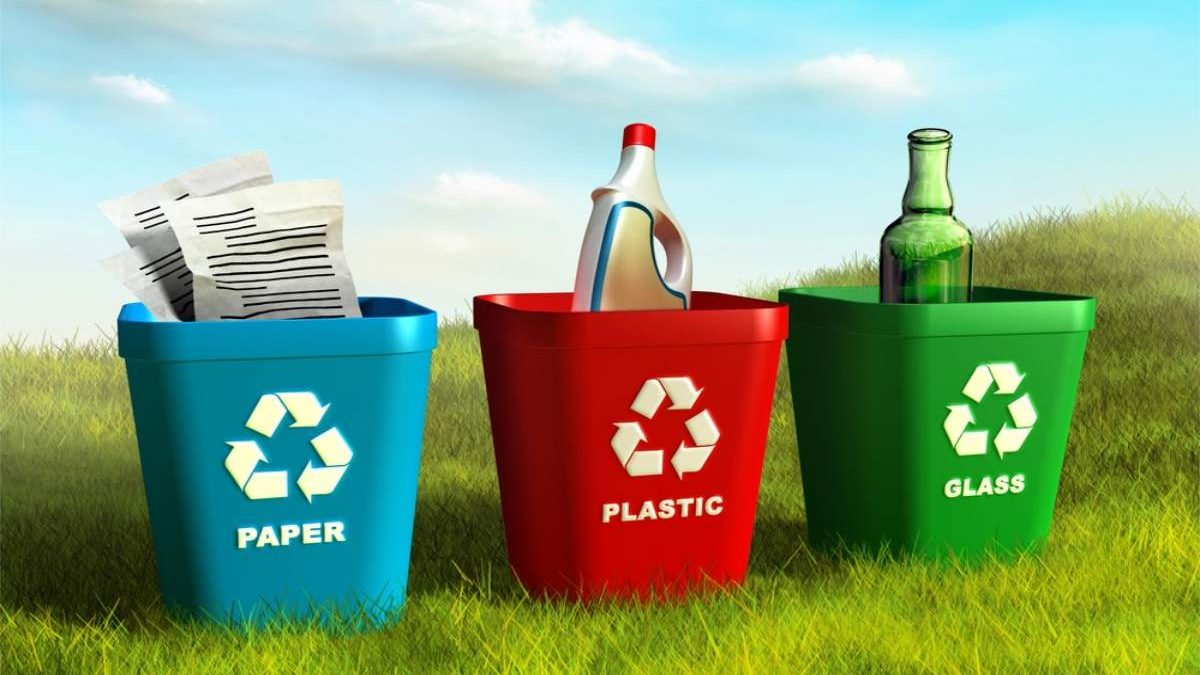The environmental impact of our everyday lives can be staggering. But it’s not all doom and gloom; recycling and upcycling are two of the best ways to reduce our carbon footprint. One of the materials that can be recycled is iron, a versatile metal that is used in countless everyday items.
Iron recycling can be highly beneficial for the environment, reducing the need for mining and the associated carbon emissions. It can also help reduce the demand for new products, saving resources and money.
In this article, we’ll explore how can iron be recycled and the benefits of doing so.
Table of Contents
What Is Iron Recycling?
One of the most significant benefits of iron recycling is that it conserves natural resources. Recycling iron instead of using new ore from the ground can reduce the energy required to create new steel products. It helps reduce the air pollution that comes with mining and smelting new iron ore, which can significantly impact our environment.
Additionally, recycling iron can save money since it costs less than producing new iron from raw ore.
How Is Iron Recycled?
Recycling iron is becoming increasingly popular as it helps reduce waste, conserve resources, and save energy. To understand how iron is recycled, it’s essential to start by looking at the stages of the recycling process.
The first step of recycling iron is collection. Once collected, the iron is sorted according to type and size. The sorting process is essential for identifying and removing contaminants, such as paint or rust. After sorting, the iron is cut into small pieces. This helps speed up the melting process in the next step.
The next step is melting. The melted iron is purified to remove any remaining impurities and then poured into molds to form new products. For example, scrap steel can be used to make car parts or rebar for construction projects.
Finally, after the iron has cooled and solidified, it is ready for use in its new form. It’s estimated that over 74% of the steel used in the United States is recycled, making it one of the most recycled materials in the world.
What Are the Benefits of Recycling Iron?
Here’s a closer look at the pros of iron recycling:
- Reduced Pollution – Recycling iron dramatically reduces manufacturing processes’ emissions, which helps keep our air and water cleaner. When we use recycled iron, it also conserves natural resources such as land and energy that would otherwise be used in production.
- Cost Savings – Manufacturers can significantly reduce their costs using recycled iron. It is because recycled iron already has all the necessary components for production and doesn’t require additional processing like raw materials.
- Improved Durability – Iron that has been recycled is often stronger than new iron due to the other steps taken in the recycling process. It means recycled iron products are more durable and have a longer lifespan.
- Energy Efficiency – Recycling iron requires much less energy than producing new iron, which helps conserve our limited resources. It can be especially beneficial if we are looking to reduce our carbon footprint and limit climate change.
In Conclusion
It is clear that recycling iron is not only possible but also essential for creating a sustainable future. Iron recycling reduces greenhouse gas emissions, saves energy, and helps ensure that there will be enough natural resources to meet our needs in the future. By understanding the what, why, and how of iron recycling, we can all do our part in conserving resources and reducing waste.


